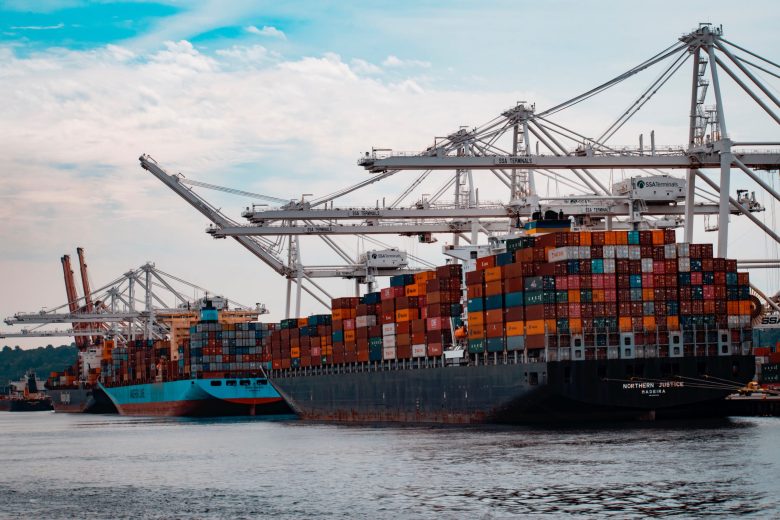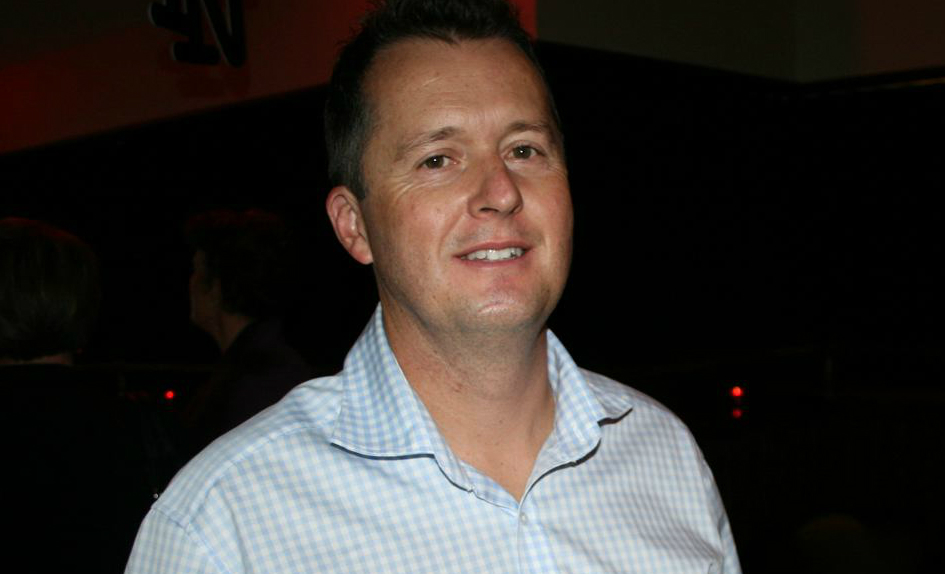
Increases in pulp and paper pricing as well as supply chain issues has become prevalent globally. Sappi Trading managing director Craig Brown said these issues will result in the downsizing of the print industry, especially impacting printers on the front line.
Brown addressed these issues during the first of the Print and Visual Communication Association’s (PVCA) Focus webinar series.

“In the 30-plus years that I’ve been in the industry, I don’t think I’ve seen a more challenging time for printers, distributors, the paper mill and the entire supply chain. What we’re seeing is disruptive. There are several reasons causing inflation pressures as well as logistics challenges like delayed shipping,” he said.
“For example, the news print market has hit its own crisis. Many years ago, manufacturers stopped making news print, which is now resulting in a lack of news print. The high costs of energy is also a factor as not many paper mills use fire coal anymore. There’s more of a reliance on gas or renewable energy.
“If you add that all up, the impact is that our industry will ultimately be much smaller as some customers make decisions for change. Ultimately, every business needs to do what it needs to do to survive.”
Brown mentioned that shipping and freight companies are the ones profiteering immensely from these price hikes and that suppliers to the industry as well as industry itself needs to work together to weather through this period.
“Freight companies have put prices up to unprecedented levels, and they’re milking it in my opinion. Paper and other suppliers are having to increase costs to survive. Freight prices today are up three to five times what they used to be and from what I can tell, there’s no sign of them decreasing anytime soon. That’s the immediate concern for all of us and I don’t see any looming change this calendar year,” Brown mentioned.
“There is more demand than supply; there are empty container issues, port slowdowns and multiple reasons for many companies to pay a premium for their freight and keep freight prices artificially high.
“But it’s not just price but also about reliability – when something is on a boat, it can now get offloaded at an unscheduled port and cargo is disrupted for weeks. Lead times are also thrown out by multiple months.
“Raw material costs are also going over the roof. Every supplier across every industry is facing price hikes – be it by their own suppliers, be it by knock on effects of freight or even the cost of COVID.
“From a supplier point of view, everyone is trying to smooth out what they can, but all of these costs ultimately have to be shared and passed on.”
However, Brown forsees that the shipping companies will be pulled in line at some stage in future, and that demand will turn around.
“What goes up has to come down at some point. Some of that might be around the demand and supply balance coming back to equilibrium. That’s the factor especially around raw materials – you’ve got more demand than supply when it comes to paper manufacturing. There’s a current shortage of certain grades of paper,” he said.
“We’ve all just got to show that print is tactile and does have a response against a digital environment. We’ve all got to find our ways of showing that to clients to survive.”
What does the Media Super merger with Cbus mean for print?
Media Super executives also addressed the webinar to explain what the Media Super merger with Cbus means for the print industry.
Media Super growth – member and advice development executive manager Stephen Assimo said the merger results in better opportunities for its customers.
“We’re operating in an environment where there’s a lot of pressure on superannuation funds to get bigger, make sure there’s enough economies of scale and make sure that the investment outcomes are better for members. And accordingly, we decided, as a fund in late 2019 to pursue merger opportunities. In doing so, we are now merging Media Super into Cbus,” Assimo said.
“As long as we are connected to this industry and the industry is generating returns for members, that means we have contributions coming in from the print industry, there would be a continuation of Media Super.”
Media Super chief investment officer Michael McQueen addressed how investment performance was a key criterion for the merger.
“What the merger means for members is that they’ll be investing in a bigger pool of investments of assets. CBUS has an excellent history of returns and is in the top 10 performing funds in the long-term,” he said.
“One of the benefits of the merger will be that members are able to access markets – especially emerging markets – and more niche and specialised investment strategies that they don’t currently have access to within the Media Super pool. So, with those assets and bigger team at Cbus, there’s going to be an increase in diversification as our members transfer over to Cbus.”
Employment issues
PVCA HR advisory service’s Jack Byrnes was also a speaker at the webinar, addressing current employment issues in the visual communications sector.
“There is one major, contemporary issue affecting employers in the visual communications industry and that is managing this current phase of the pandemic with the Omicron wave infecting high numbers of staff. What that means is that employers are facing shortages in staff,” he said.
According to Byrnes, some of the key issues that the PVCA is advising members on are:
- Managing leave entitlements for staff that contract COVID and are off work
- Bringing OH&S into focus
“You have to ensure that you are fulfilling your workplace safety obligations, to keep everybody in the workplace safe. That involves regularly doing risk assessments of the workplace, making sure you’ve got good safety measures in place, and having good access to hygiene,” he said.
“Different states and territories have some varying rules in some aspects, so employers need to be aware of those differences.
“The bigger challenge that we’re going to have as an industry is when immigration opens up again as we’re going to have to deal with visas, etcetera from an employment perspective, because that’s what is lacking moving forward.”
Comment below to have your say on this story.
If you have a news story or tip-off, get in touch at editorial@sprinter.com.au.
Sign up to the Sprinter newsletter
